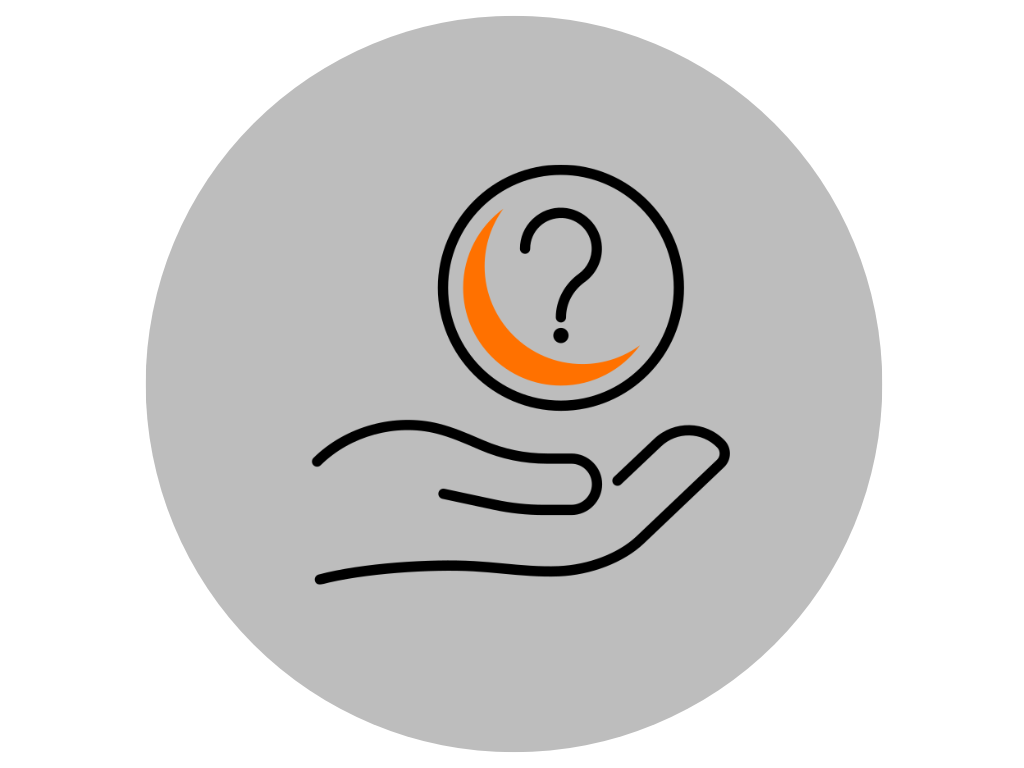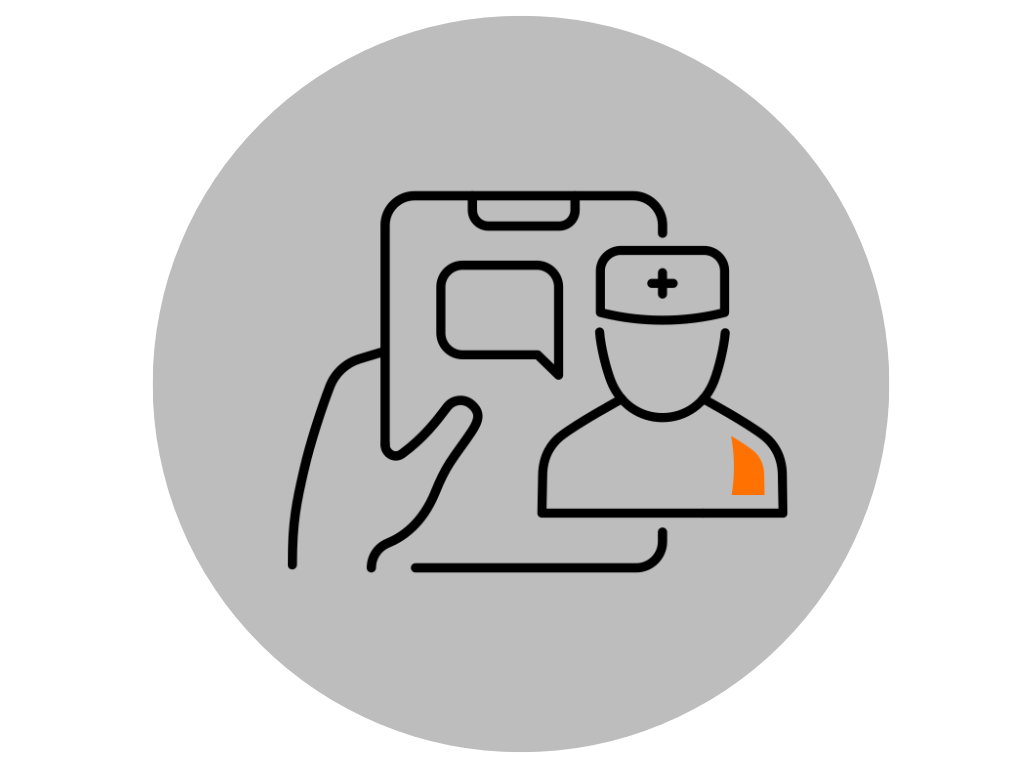Screen Positive Results
Prenatal genetic screening tests, like enhanced First Trimester Screening or Second Trimester Screening, can give you results that are either "screen negative" or "screen positive". If your test result is "screen positive", you might have questions about what this means and what the next steps are.

| What the result means
A "screen positive" result means there that there is a higher chance for the baby to have trisomy 21 (Down syndrome) or trisomy 18 (Edward syndrome). It does not mean that the baby definitely has one of these chromosome differences.
Most of the time when there is a "screen positive" result, the baby does not actually have trisomy 21 or trisomy 18. This means that the result is usually a false positive.
Understanding the cut-off
Trisomy 21:
The test has a cut-off of 1 in 350 for trisomy 21. If you got a "screen positive" result for trisomy 21, it is because the chance for your baby to have trisomy 21 was calculated to be higher than 1 in 350.
Trisomy 18:
The test has a cut-off of 1 in 200 for trisomy 18. If you got a "screen positive" result for trisomy 18, it is because the chance for your baby to have trisomy 18 was calculated to be higher than 1 in 200.
Understanding your chance
A number on the report gives your specific chance that the baby has trisomy 21 or trisomy 18.
This means out of 200 people who get this result, 1 will have a pregnancy with trisomy 21, and the other 199 people will not (see figure). You can also think of it as a 0.5% chance for the baby to have trisomy 21, and a 99.5% chance for the baby to not have trisomy 21.

| Next steps
If you have a "screen positive" result, your health-care practitioner should offer you options for more testing.
As the next step, you can choose between one of the following three options:
| Non-Invasive Prenatal Testing (Publicly-funded) |
| Non-Invasive Prenatal Testing (NIPT) will now be funded by public funds in your situation. NIPT is a more accurate screening test compared to the test you have already done. This test can be arranged by your health-care provider. NIPT is not possible if you had a "vanishing" twin pregnancy. |
| Diagnostic testing |
| Publicly-funded diagnostic testing (usually through chorionic villus sampling or amniocentesis) is the only way to know for sure if your baby has a chromosome difference during the pregnancy. If you wish to have a diagnostic test, you need to be referred to a genetics specialist in your area. |
| No more testing during the pregnancy |
| Some people do not wish to have any more testing during the pregnancy. If there are other concerns, there might be testing offered after the baby is born. |
You can also have a 18-22 week (detailed anatomy) ultrasound to check how the baby is growing and developing. This ultrasound can give you extra information. A normal ultrasound does not guarantee a healthy baby.
If your result is "screen positive" and the nuchal translucency measurement on your ultrasound is "increased" (3.5 mm or more), your health-care provider should speak to you about the option of being referred directly to a genetics specialist.


 Subscribe to this page
Subscribe to this page